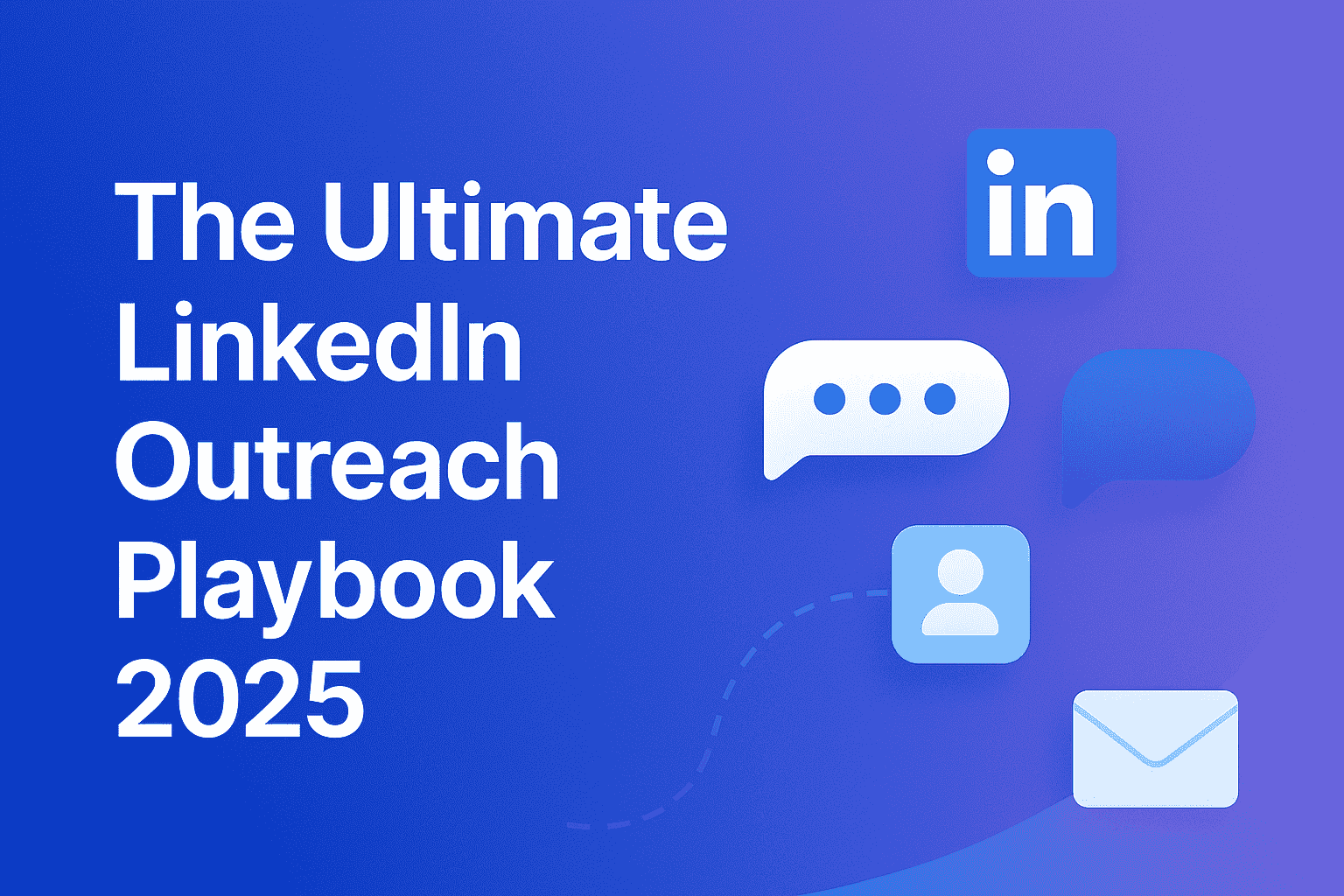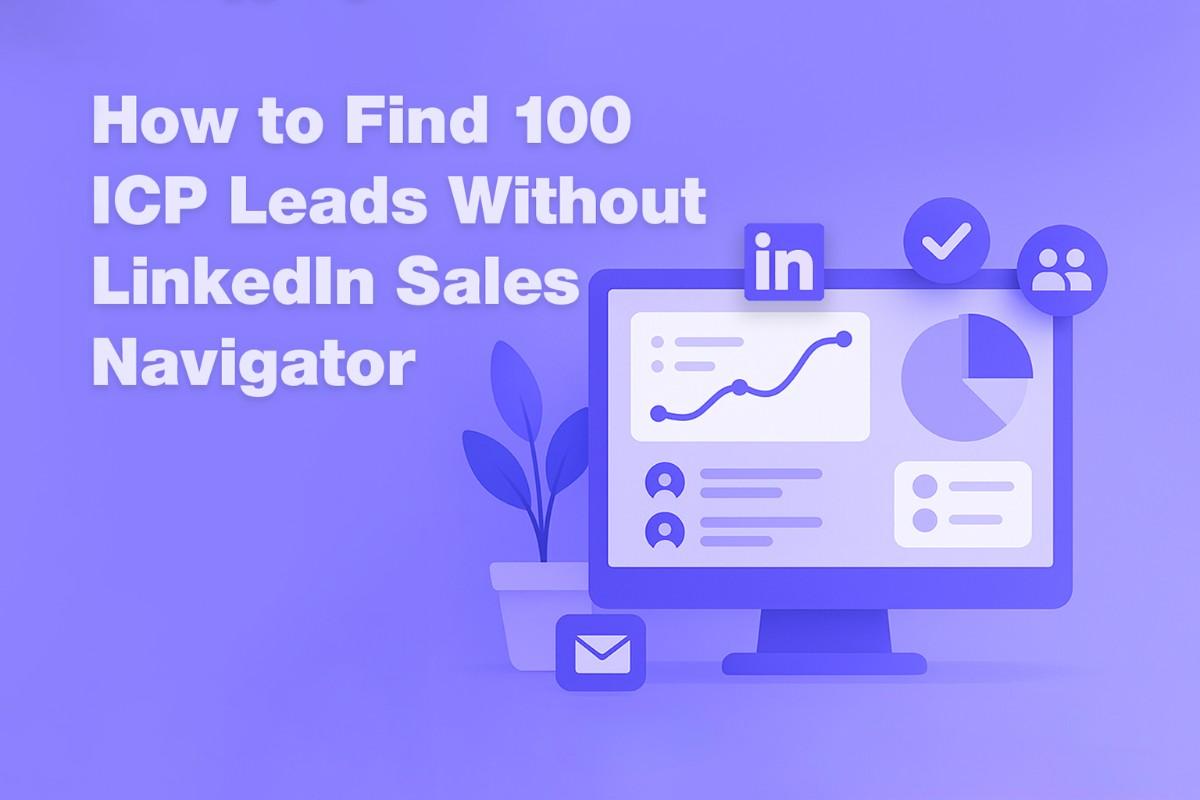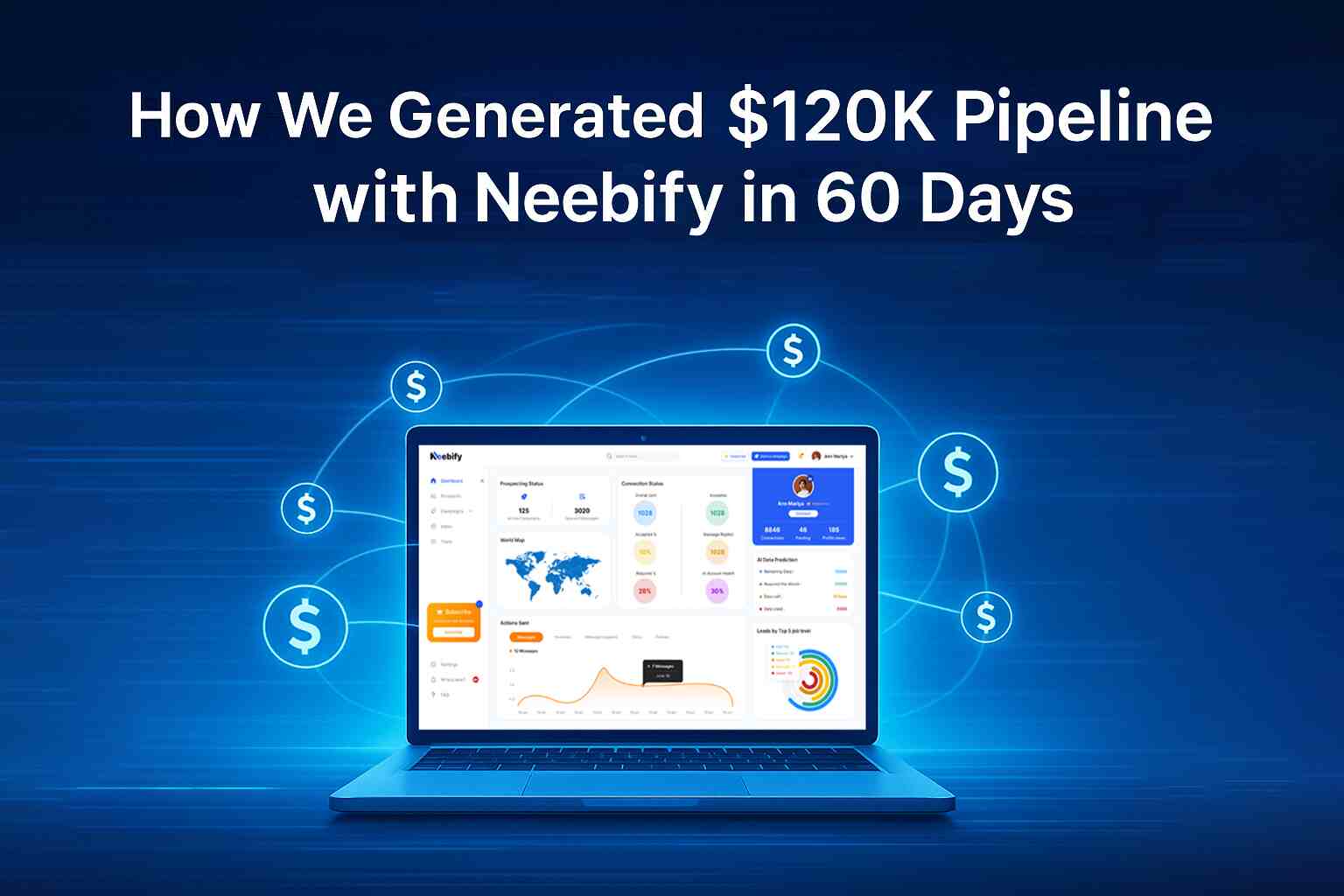Table of content
Remarketing, also referred to as retargeting, is a marketing practice that targets people who have visited a website or contacted a brand but have not taken an action, such as purchasing, filling out a form, or maybe subscribing to a newsletter. For instance, one can track what the user does using cookies and then track these prospects throughout the web and keep showing them relevant advertisements to get them to re-engage.
In other words, if a customer comes to your site, views a product, and does not convert, remarketing lets you display the same customer ads on other sites or social media platforms they browse to. This keeps the product or service in their mind, encouraging return visits to your site and a completion of the desired action.
Why Remarketing?
The relevance of remarketing lies in keeping your brand front-of-mind for potential customers. This is why you should implement a remarketing strategy:
1. High Conversions: Not every conversion is done the first time that person comes across your brand. Studies show that 97% of people bounce from a website without making any purchases. Remarketing appeals to users who already know your brand so chances of conversions become higher. You tend to make them come back by shopping or signing up for service.
2. Higher ROI: Since remarketing targets users who have already interacted with your brand, the CPC is usually lower as compared to regular ads. That translates to a higher ROI because you are targeting a more qualified audience likely to convert.
3. Better Brand Recall: In a noisy digital space, prospects may easily forget about your brand after they visit for the first time. Remarketing ensures that your brand lives in their minds and therefore increases possibilities of returning when they are ready to buy.
4. Personalized Message: Remarketing allows you to stage personalized ad campaigns based on the user's previous interaction with your website. For instance, a certain ad could be shown to users who added items to cart but failed to complete the check out process. This personalization would give you a greater likelihood of converting those visitors into customers.
5. Targeting Possible High-Value Customers: Using remarketing, you could target those users who visited some of the key pages on your website. This can be product pages, service pages, or pricing pages. These users are likely to convert, and remarketing gives you another shot in the arm to win them over .
What are the disadvantages of Remarketing?
Some Disadvantage are written here:
1. Privacy Concerns: The basis for cookie remarketing involves tracking the behavior of users. However, this raises the issue of privacy among users. Such business practices might make customers uncomfortable as their online behaviors are tracked and recorded for advertisements. Hence, the need to communicate the use of cookies and provision for opting out for remarketing campaigns.
2. Ad Fatigue: The same remarketing ads that the user is exposed to over a period of time are sure to annoy him. This creates damage to your brand image and significantly reduces the effectiveness of such ads. So, one must set a frequency cap and refresh ad creatives regularly.
3. Limited to Former Visitors: Retargeting will only run for users who have visited your website already. This means you will not utilize retargeting as a way of attracting new visitors. Other marketing campaigns such as SEO and PPC have to be used in order to broaden the customer base.
4. Over-exposure: While you would want your brand to always be at the forefront of their minds, overexposure may just backfire, annoyed towards their users. They may create a negative impression of your business. The key is, therefore, a mix between keeping your brand in the forefront and avoiding overwhelming your target audience.
Why Lead Engagement Matters in Remarketing?
Remarketing and lead engagement walk hand in hand. Lead engagement is the nurturing and interaction with prospects to create trust and foster relationships through which conversions are generated. Here's why lead engagement is a must in any remarketing campaign:
1. Customized Interactions: Through remarketing, you get to create ads personalized to your leads' needs and interests. More are likely to engage if the message is tailored since users will most respond to ads that directly say something to their pain points or desires.
2. Building Trust: Remarketing provides you with multiple touchpoints with potential customers, and with proper use, it builds over time, so you build a stronger relationship. Consistent exposure to your brand, coupled with relevant and helpful content, builds trust and confidence in your products or services.
3. Incites Action: With remarketing, it nudges leads to take action. Whether in the download of a guide, signing up for a webinar, or making a purchase, remarketing reminds leads gently to nudge them toward the sales funnel.
4. Abandoned Carts Recovery: Cart abandonment has been identified as one of the worst problems that e-commerce sites face. According to recent findings, about 70% of carts on the internet are abandoned. Remarketing can actually recover these leads by reminding them about the products they left behind and persuading them to complete the purchase, either via discounts or free shipping.
Which Remarketing Sites to Use?
The most paramount issue in any remarketing campaign is the choice of the right platform. Here are some of the most popular platforms offering remarketing services:
1. Google Ads: Remarketing with Google Ads is among the most powerful platforms, and you can reach users across millions of websites, apps, and videos using Google's Display Network. Google Ads enables you to create tailored ads according to the interactions of users on your site and offers a variety of formats-including text ads, display ads, and video ads.
Google also offers dynamic remarketing, which automatically generates ads that feature the products or services that have been viewed by users on your site. This personalizes your ads to users and makes them relevant and converting.
2. Facebook: Remarketing is the tool of Facebook that aims at targeting users who have interacted with your website, app, or Facebook page before. Through Custom Audiences via Facebook, remarketing campaigns are made much more accurate to the specific audience, with much-relevant ads.
Facebook allows targeting based on the activity that users perform with your products on Instagram, since the two platforms are part of the same ecosystem. Some profound demographics, interests, and behaviors targeting capabilities make it a remarketing powerhouse on Facebook.
3. LinkedIn: LinkedIn remarketing is the most wonderful tool that a B2B business would ever use to re-engage potential clients and professionals who have interacted with your brand. LinkedIn can allow you to create your remarketing campaigns that target people based on their job title or even industry or company size, so that your ads reach the decision-makers.
“LinkedIn Matched Audiences” With this feature, you can create a fully customized group of people who have visited your website or consumed your content, thus targeting your advertising in such a way that it will definitely work.
4. Twitter: Another feature that Twitter offers is remarketing through the tailored audience feature. This platform allows you to reintroduce users who have visited your website or interacted with your tweets. Campaigns on remarketing through this site are suitable for companies that want to enhance brand recognition and also engage and retain customers by running targeted advertisements.
5. YouTube: With YouTube being a natural fit for the Google ecosystem, it also offers video remarketing options. That way, users who have interacted with your brand on YouTube or on your website can be targeted and served relevant video ads, as video consumption around the globe has never been higher, making the YouTube remarketing platform one of the best for engaging prospects through video-based storytelling.
Conclusion
Truly, remarketing is a fundamental element of any digital marketing strategy for a business looking to re-engage prospects. You may target users who have already interacted with your brand in order to deliver personalized ads at the right time and press the call-to-action button in terms of reaction. Indeed, there are definitely some downsides, too, mainly related to privacy and ad fatigue.
Key to this is knowing how important it is to engage with the lead and, of course, making sure you have a solid platform for the campaign. So, depending on your preference between Google Ads, Facebook, LinkedIn, and YouTube for which platform to use, you will be sure to find a great working tool for developing highly effective remarketing campaigns that drive conversions and build your business.
Get your next meeting in a
matter of minutes.
Free Trial
Latest
The Ultimate LinkedIn Outreach Playbook 2025
A practical, modern guide to mastering LinkedIn outreach in 2025 — learn how to boost reply rates, p
12/1/2025How to Find 100 ICP Leads Without LinkedIn Sales Navigator
Generating 100 targeted ICP leads doesn’t require LinkedIn Sales Navigator. Learn how to leverage fr
11/28/2025


